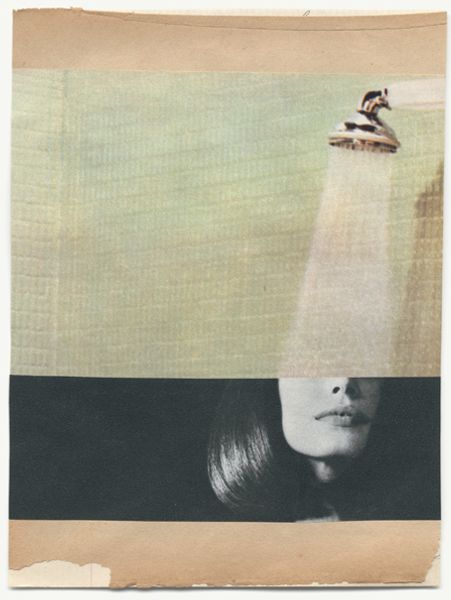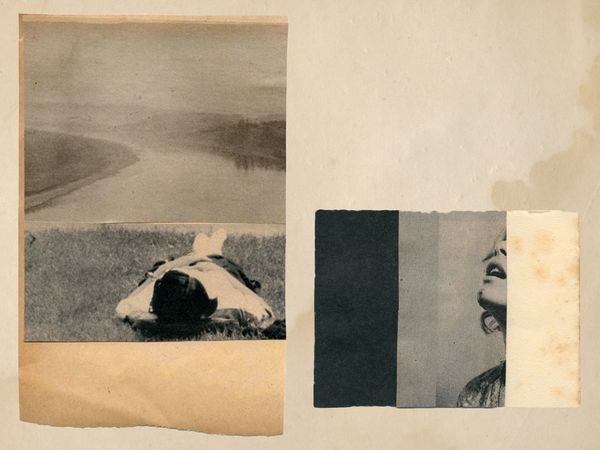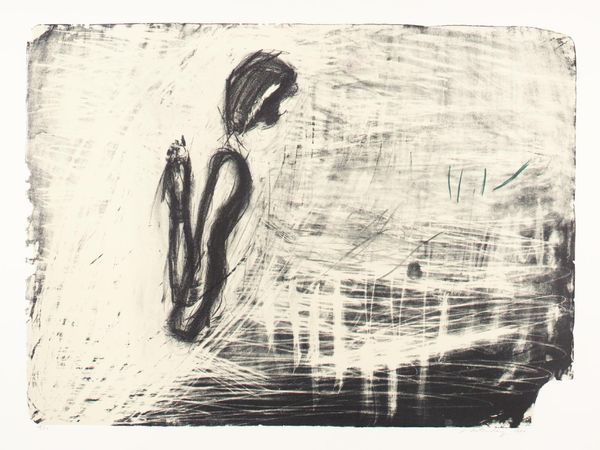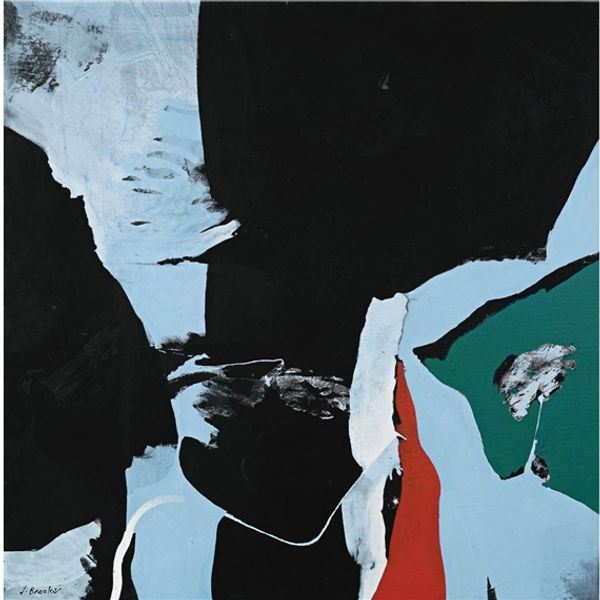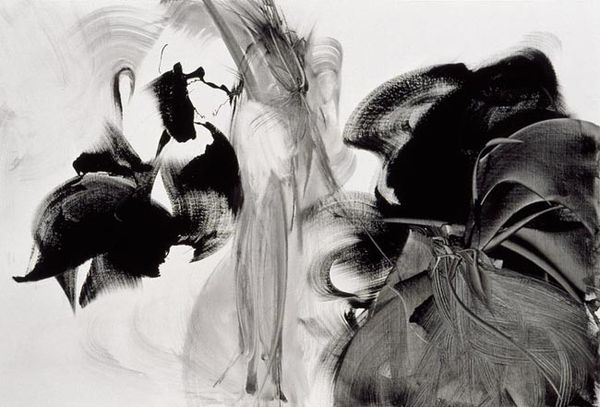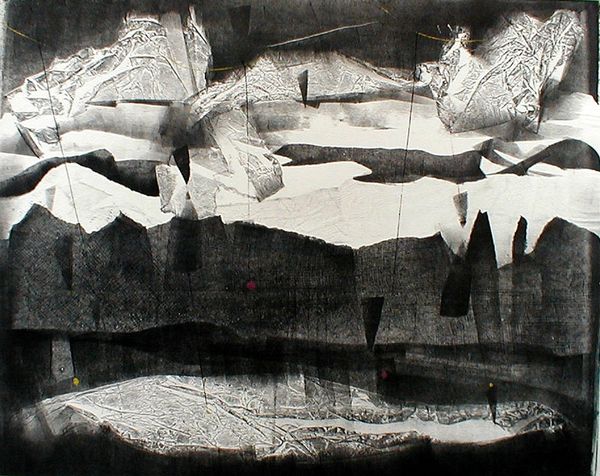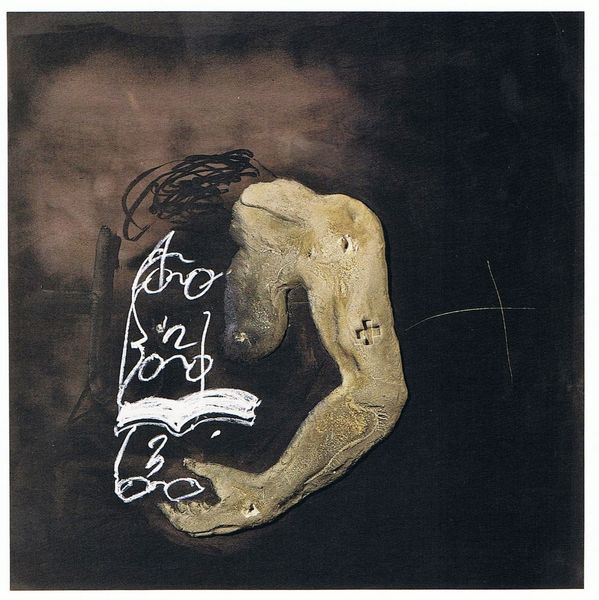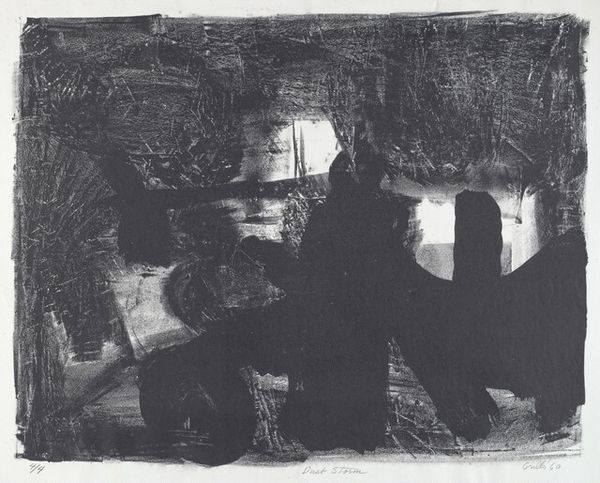
mixed-media, collage, photography
#
portrait
#
collage of different element
#
mixed-media
#
collage
#
collage layering style
#
mixed mediaart
#
figuration
#
photography
#
surrealism
#
erotic-art
Copyright: Georges Hugnet,Fair Use
Editor: So this is "Le rendez-vous" by Georges Hugnet, from 1935. It's a mixed-media collage incorporating photography, which is fascinating. It’s dreamlike and fragmented, with the female form interrupted by natural elements. What catches your eye in terms of understanding it? Curator: The way Hugnet combined different materials to construct "Le rendez-vous" highlights a key aspect of surrealist art—the deconstruction of reality. Consider the choice of photographic images: a woman, the sea. How does the combination, and their re-presentation via collage, challenge the traditional notions of photography as pure representation? Editor: I see what you mean! By cutting and layering, he’s taking photography, a medium often seen as capturing reality, and turning it into something deliberately unreal. How might the socio-political context of the 1930s factor into the material choices here? Curator: Precisely! The 1930s saw increasing industrialization and mass production. Collage, a readily reproducible medium, could be seen as a response. The fragmented nature and erotic undercurrent, for instance, could be an objection to the consumerist machine’s impact. He also disrupts artistic hierarchy: found images equal "high art". Editor: That's such a great point! It seems that through materials and process, Hugnet questions both artistic conventions and broader social norms. Curator: Exactly. Reflect on how even the title "Le rendez-vous", "The Appointment," feels laced with irony, a critique of the structured encounters imposed by society itself. Editor: This was insightful! I now view the collage beyond its initial visual strangeness to understanding its context. Curator: And hopefully recognize how art making can indeed mirror the making of society, materially and metaphorically.
Comments
No comments
Be the first to comment and join the conversation on the ultimate creative platform.
